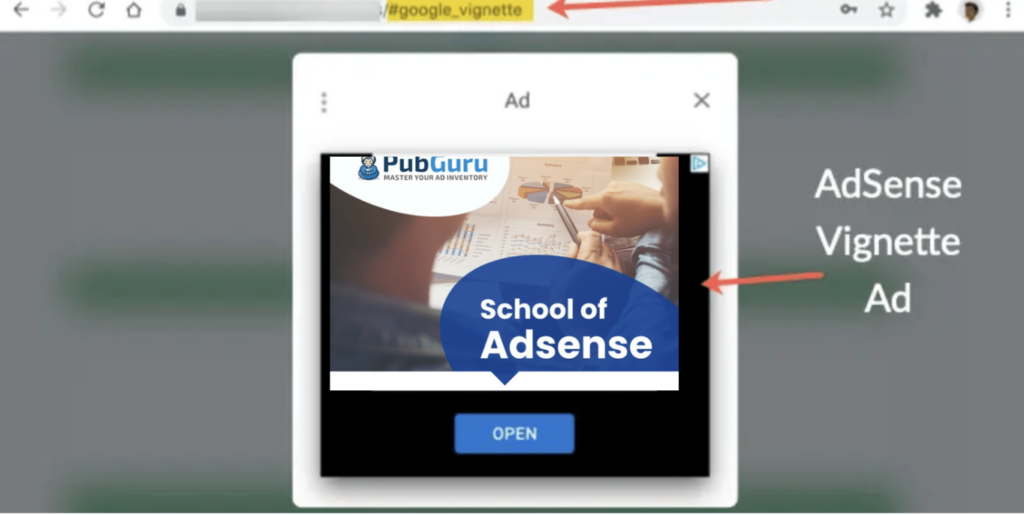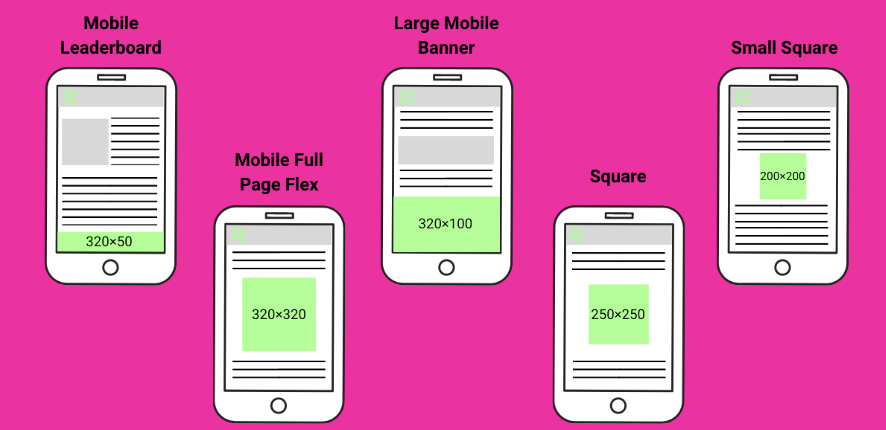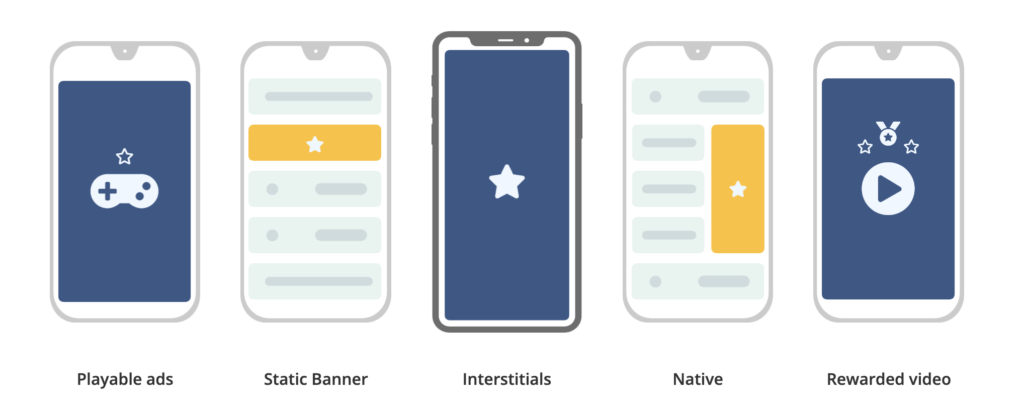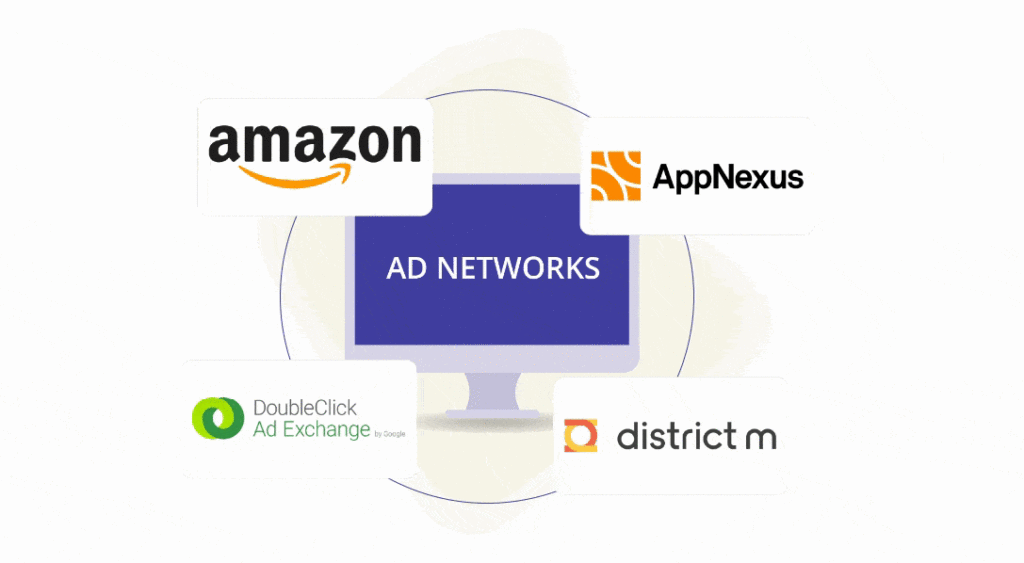Mobile Ad Optimization or Mobile AdOps involves improving the performance of mobile ads by optimizing various factors such as ad formats, placement, targeting, networks, and more. As the majority of internet users now access the web on their mobile devices, it has become more crucial than ever to optimize mobile ads for better engagement and conversion rates.
Mobile ad optimization benefits both publishers and advertisers in numerous ways. For publishers, it helps maximize revenue and user experience by delivering high-quality, relevant ads that resonate with their audience. For advertisers, it improves the return on investment (ROI) by delivering ads to the right people at the right time, resulting in higher conversion rates and lower costs.
This article aims to provide a comprehensive overview of the Best Mobile Ad Optimization Strategies that publishers and advertisers can use to maximize the performance of their mobile ads. It covers various aspects of mobile ad optimization, including ad formats, placement, targeting, networks, optimization tools, and strategies. By the end of this article, you’ll have a better understanding of how to optimize your mobile ads and achieve better results.
Mobile Ad Formats: Best Practices
- Use high-quality visuals and clear messaging that resonates with your target audience.
- Keep your ad copy concise and to the point.
- Avoid using too many different ad formats on a single page, as it can lead to clutter and confusion.
- Use interactive ad formats such as videos, carousel ads, and interactive ads to increase engagement and user interaction.
- Test and optimize your ad formats regularly to ensure maximum performance and ROI.
Dig Deeper into Best Mobile Ad Sizes: https://www.monetizemore.com/best-mobile-ad-sizes/
Use Responsive Ad Formats
Responsive ad formats automatically adjust to fit the screen size and orientation of the device, ensuring that your ads look great on any mobile device. This saves time and effort in designing and implementing multiple ad formats for different screen sizes and resolutions and also ensures that your ads are always optimized for maximum visibility and engagement.
Monetization Strategies for Different App Categories
Different app categories require tailored monetization strategies to maximize revenue effectively. By implementing these targeted monetization strategies, app publishers can optimize their revenue streams while enhancing user satisfaction.
Gaming Apps

- In-App Purchases: Offer virtual goods, character upgrades, and additional levels to enhance gameplay.
- Rewarded Ads: Allow users to watch ads in exchange for in-game rewards, such as extra lives or premium currency. This not only boosts engagement but also increases ad revenue without disrupting the user experience.
- Subscription Models: Provide an ad-free experience or access to exclusive content through monthly or yearly subscriptions.
Utility Apps

- Banner Ads: Utilize banner ads at the top or bottom of the interface for consistent visibility without obstructing functionality.
- Interstitial Ads: Display full-screen ads during natural transitions within the app, such as after completing a task.
- Freemium Models: Offer basic features for free while charging for advanced functionalities or an ad-free experience.
Social Media Apps

- In-Feed Ads: Integrate ads seamlessly into user feeds to maintain engagement while monetizing content.
- Stories Ads: Leverage the popularity of stories by placing ads within this format, capturing user attention effectively.
- Sponsored Content: Collaborate with brands to create sponsored posts that resonate with your audience while generating revenue.
News and Media Apps

- Paywalls: Implement paywalls to restrict access to premium articles, encouraging subscriptions for exclusive content.
- Metered Paywalls: Allow users a limited number of free articles before requiring payment, balancing accessibility with monetization.
- Micropayments: Enable users to purchase individual articles or content pieces, catering to those who prefer not to commit to subscriptions.
E-commerce Apps
- Affiliate Marketing: Promote products from external retailers and earn commissions on sales generated through your app.
- In-App Purchases: Sell digital products directly within the app, such as gift cards or exclusive deals.
- Referral Programs: Encourage users to refer friends in exchange for discounts or rewards, boosting user acquisition and engagement.
Optimizing Mobile Ad Formats for Maximum Revenue

- Optimize Load Times: Mobile users expect fast loading times, so make sure your ads load quickly. Use compressed images, minimize HTTP requests, and avoid heavy scripts that can slow down your ad’s load times.
- Use Native Ads: Native ads are designed to blend seamlessly with the content of the website or app they appear on, making them less intrusive and more engaging. Use native ad formats that match the look and feel of the mobile app or website to improve user experience and engagement.
- Consider Ad Placement: The placement of your mobile ads can have a significant impact on their visibility and engagement. Consider placing ads above the fold, where they are more likely to be seen by users. Additionally, consider the context of the placement – for example, placing a food ad on a recipe website can lead to higher engagement and conversion rates.
- Personalize Your Ads: Personalizing your ads based on user data such as location, demographics, and browsing behavior can improve engagement and conversion rates. Use ad platforms that offer advanced targeting options and personalize your ad copy and visuals accordingly.
- Optimize for Different Devices: Different mobile devices have different screen sizes, resolutions, and aspect ratios. Make sure your ad formats are optimized for different devices and consider using device-specific ad formats for maximum performance.
What about Mobile Ad Placements? How to optimize them?

- Above the Fold: Place your ads above the fold, which is the portion of the screen that is visible without scrolling. This ensures that your ads are immediately visible to users and increases the likelihood of engagement.
- In-Content Ads: In-content ads are placed within the main content of the page or app, making them less intrusive and more relevant to users. Use in-content ads that match the look and feel of the content for better user experience and engagement.
- Native Ads: Native ads blend in with the content of the page or app they appear on, making them less intrusive and more engaging. Use native ad formats that match the look and feel of the mobile app or website to improve user experience and engagement.
- Interstitial Ads: Interstitial ads are full-screen ads that appear between content pages or app screens. Use interstitial ads sparingly and at appropriate times, such as during natural breaks in the user flow, to avoid interrupting the user experience.
- Ad Refresh: Refreshing ads periodically can increase engagement and click-through rates. Use ad platforms that support ad refresh and set appropriate intervals to avoid annoying users.
- Consider User Intent: Consider the user’s intent when placing ads. For example, placing a product ad on a product review page can lead to higher conversion rates. Similarly, placing a travel ad on a travel blog can lead to higher engagement and click-through rates.
By implementing these optimization tips, you can improve the performance of your mobile ad placements and achieve better results.
Now let’s get into selecting mobile ad networks (the right way)

- Research Ad Networks: Do your research and select ad networks that are relevant to your niche and target audience. Consider factors such as network size, ad formats, targeting options, and revenue share.
- Test Multiple Networks: Test multiple ad networks to find the ones that perform best for your app or website. Use A/B testing to compare ad network performance and optimize accordingly.
- Monitor Performance: Monitor ad network performance regularly to ensure that you are getting the best results. Use ad platforms that offer detailed analytics and reporting, and adjust your strategy based on the insights.
- Optimize Ad Placements: Optimize ad placements for maximum visibility and engagement. Use ad formats and placements that match the user experience and avoid intrusive or annoying ads that can lead to a negative user experience.
- Use Targeting Options: Use ad networks that offer advanced targeting options such as location, demographics, and interests. Targeted ads can lead to higher engagement and conversion rates.
- Avoid Ad Overload: Avoid using too many ads on a single page or app, as it can lead to clutter and annoyance. Use ad formats and placements that are appropriate for the content and user experience.
- Negotiate Terms: Negotiate terms with ad networks to get the best revenue share and payment terms. Consider factors such as minimum payout thresholds, payment frequency, and payment methods.
Viewability and Ad Fraud Prevention
Optimizing for viewability can lead to better engagement and conversion rates. According to a study by Integral Ad Science, the average in-app viewability rate was 66.9% in 2022.
To improve viewability, consider the following tactics:
- Implement above-the-fold ad placements: Place ads in areas of the app that are immediately visible to users without scrolling.
- Use interstitial ads during natural breaks: Full-screen interstitial ads can be effective when shown between content pages or app screens during natural breaks in the user flow.
- Optimize ad load times: Ensure your ads load quickly to keep users engaged. Use compressed images, minimize HTTP requests, and avoid heavy scripts.

In addition to viewability, implementing ad fraud prevention measures is crucial to protect your revenue from invalid traffic and bots. A study by Pixalate found that app install fraud cost advertisers an estimated $1.6 billion in 2022. To prevent ad fraud, consider using a solution like Traffic Cop for Apps.
Traffic Cop for Apps is a comprehensive ad fraud prevention tool designed specifically for mobile app publishers. It uses advanced machine learning algorithms to detect and block fraudulent traffic in real time, ensuring your ad revenue is protected.
Get started with Traffic Cop for Apps today and take control of your app’s ad fraud prevention.
Best practices for implementing mobile ad optimization strategies
- Set Clear Objectives: Set clear objectives for your mobile ad optimization strategies, such as increasing revenue or improving user engagement. Make sure your objectives are measurable and align with your overall business goals.
- Use Data-Driven Insights: Use data-driven insights to optimize your mobile ads. Use ad platforms that offer detailed analytics and reporting to understand user behavior and adjust your strategy accordingly.
- A/B Testing: Use A/B testing to compare different ad formats, placements, and targeting options. Test multiple variables to find the best-performing combination and optimize accordingly.
- Optimize Load Times: Optimize your ad load times to ensure a positive user experience. Use compressed images, minimize HTTP requests, and avoid heavy scripts that can slow down your ad’s load times.
- Monitor Performance: Monitor the performance of your mobile ads regularly to ensure that you are achieving your objectives. Use ad platforms that offer detailed analytics and reporting and adjust your strategy based on the insights.
- Personalize Your Ads: Personalize your ads based on user data such as location, demographics, and browsing behavior. Use ad platforms that offer advanced targeting options and personalize your ad copy and visuals accordingly.
- Consider User Experience: Consider the user experience when implementing mobile ad optimization strategies. Use ad formats and placements that match the user experience and avoid intrusive or annoying ads that can lead to a negative user experience.
Wrap Up
Mobile ad optimization will always be a crucial aspect of digital advertising that publishers and advertisers must focus on to achieve better results. By following the optimization tips for mobile ad formats, ad placements, selecting and using ad networks, and implementing best practices for mobile ad optimization strategies, publishers and advertisers can improve the user experience, increase revenue, and achieve their business goals.
Want the ad tech industry leaders to optimize your mobile ad inventory? Get started here.
source https://www.monetizemore.com/blog/best-mobile-ad-optimization-strategies/



0 Comments